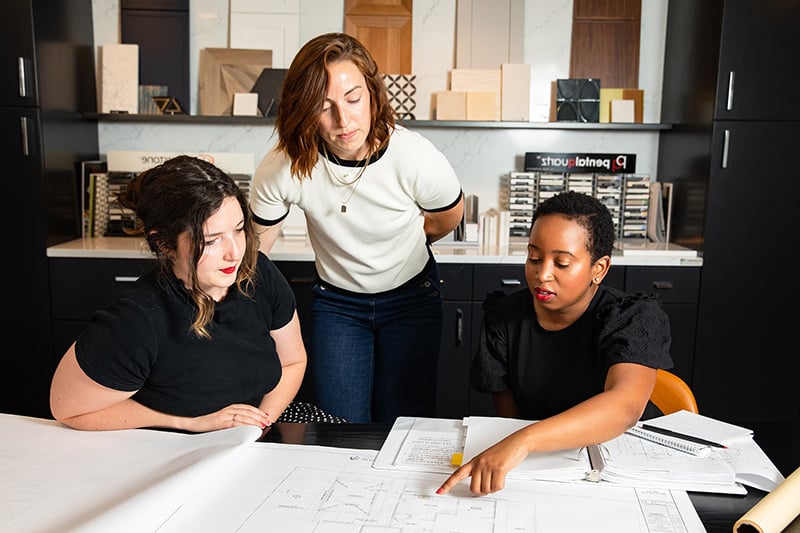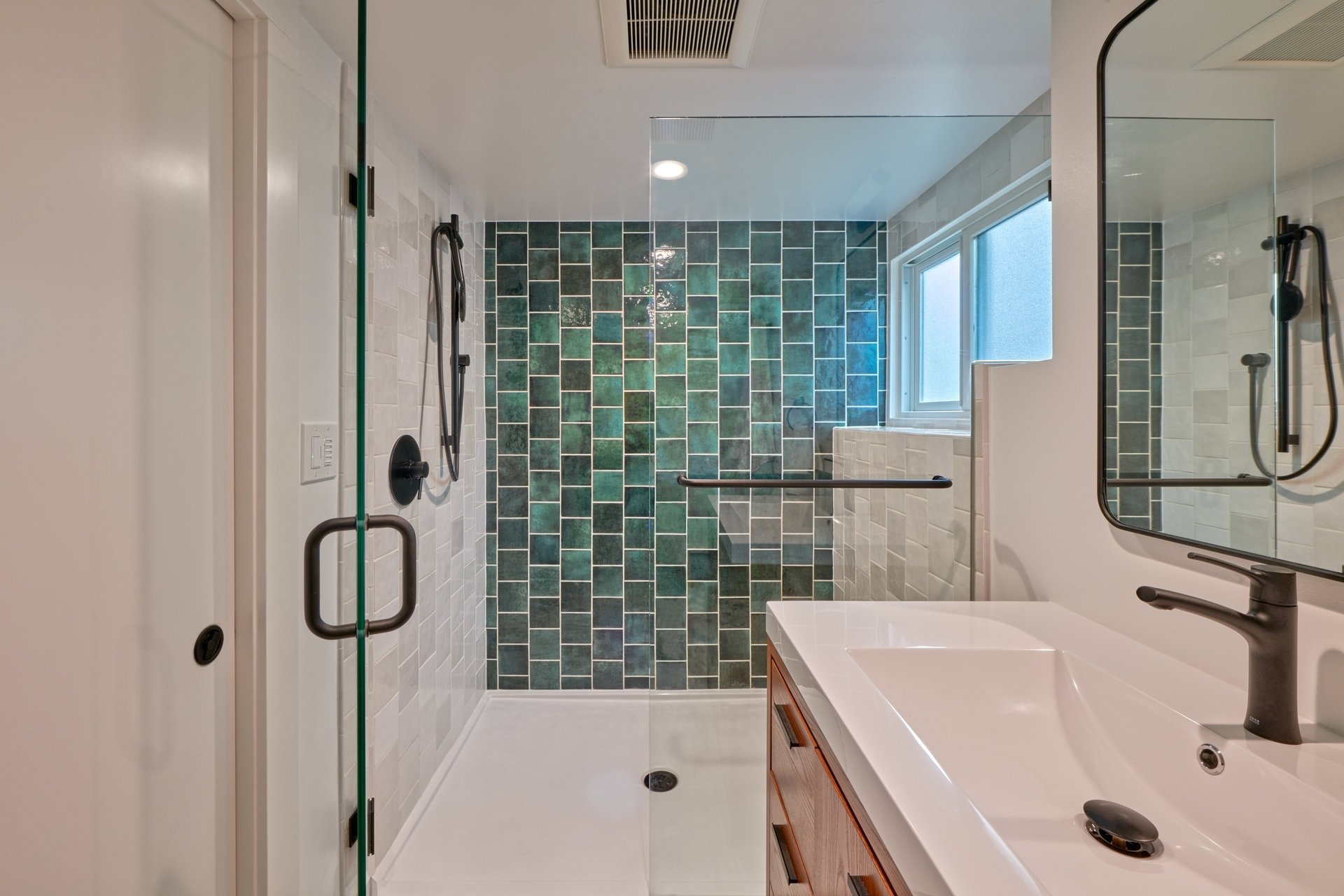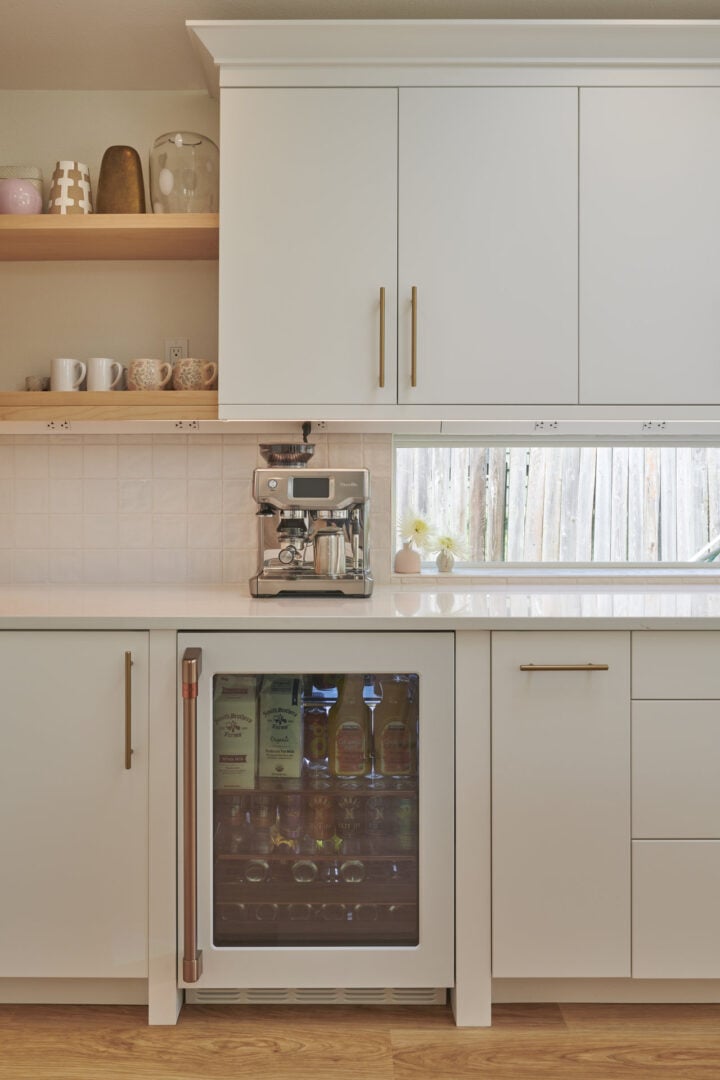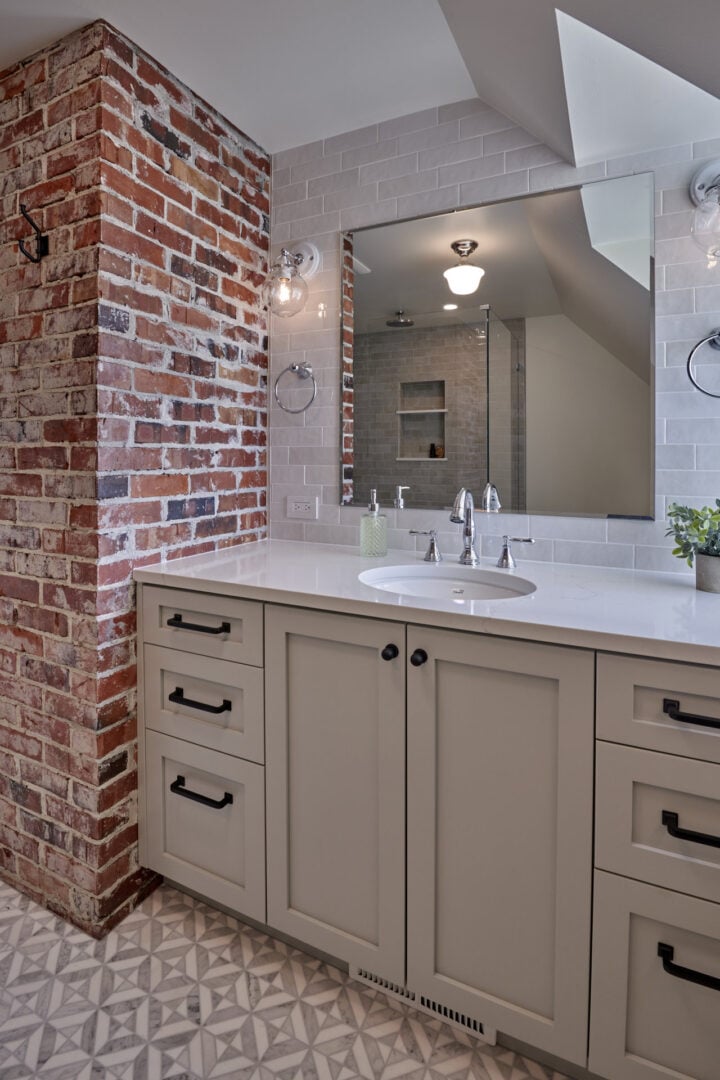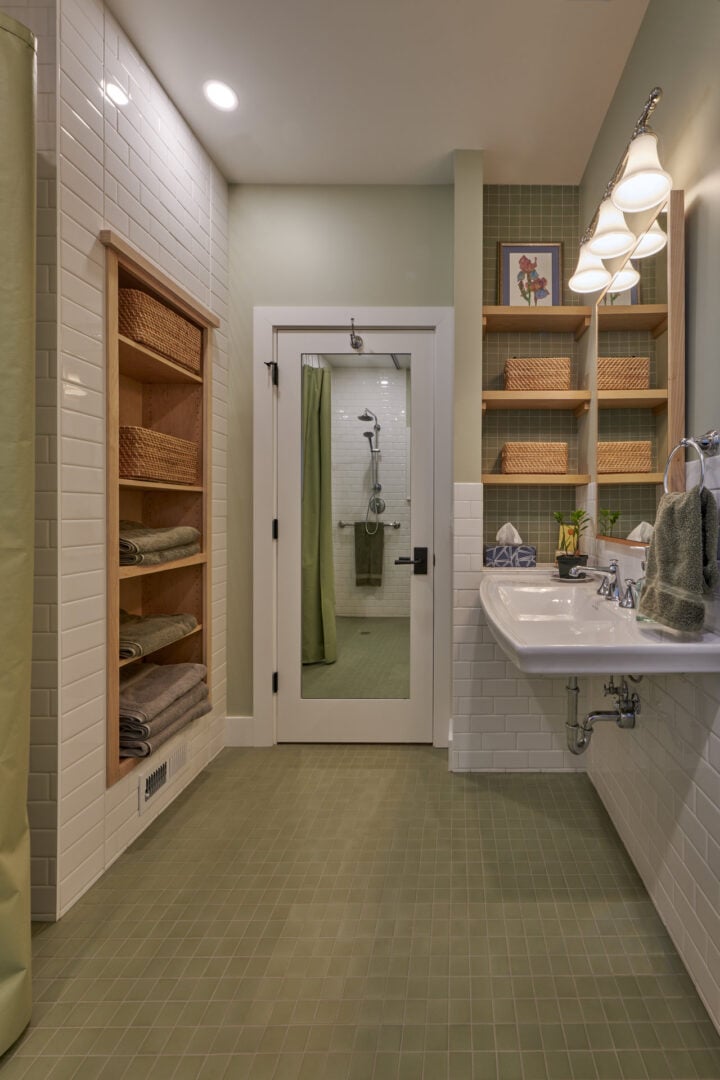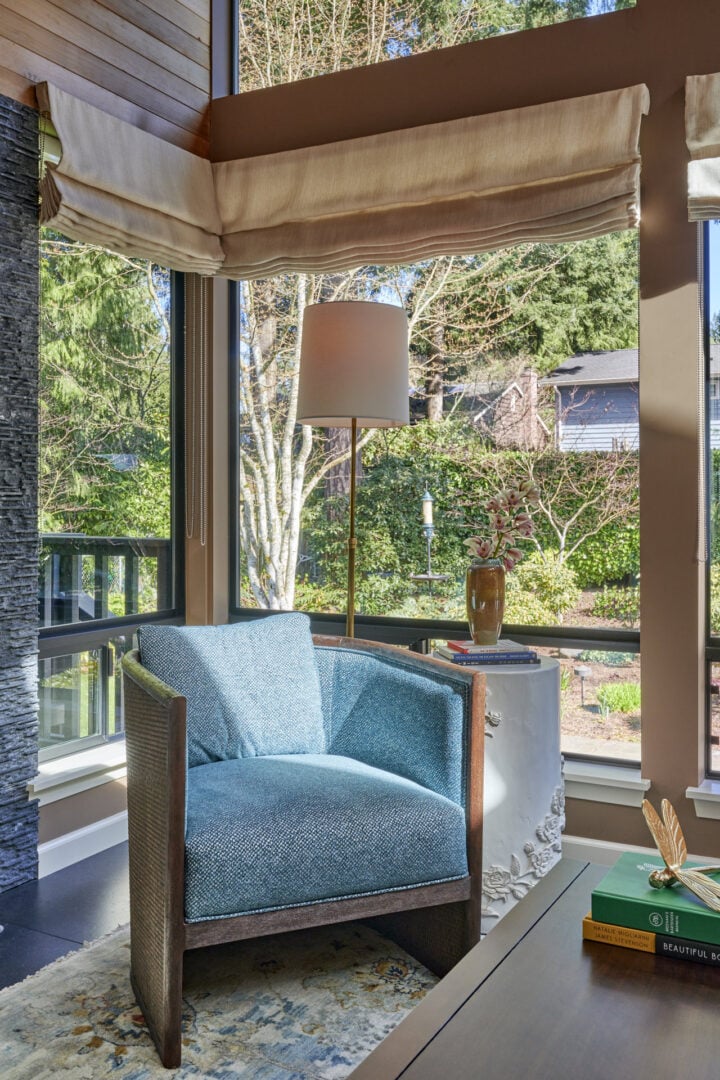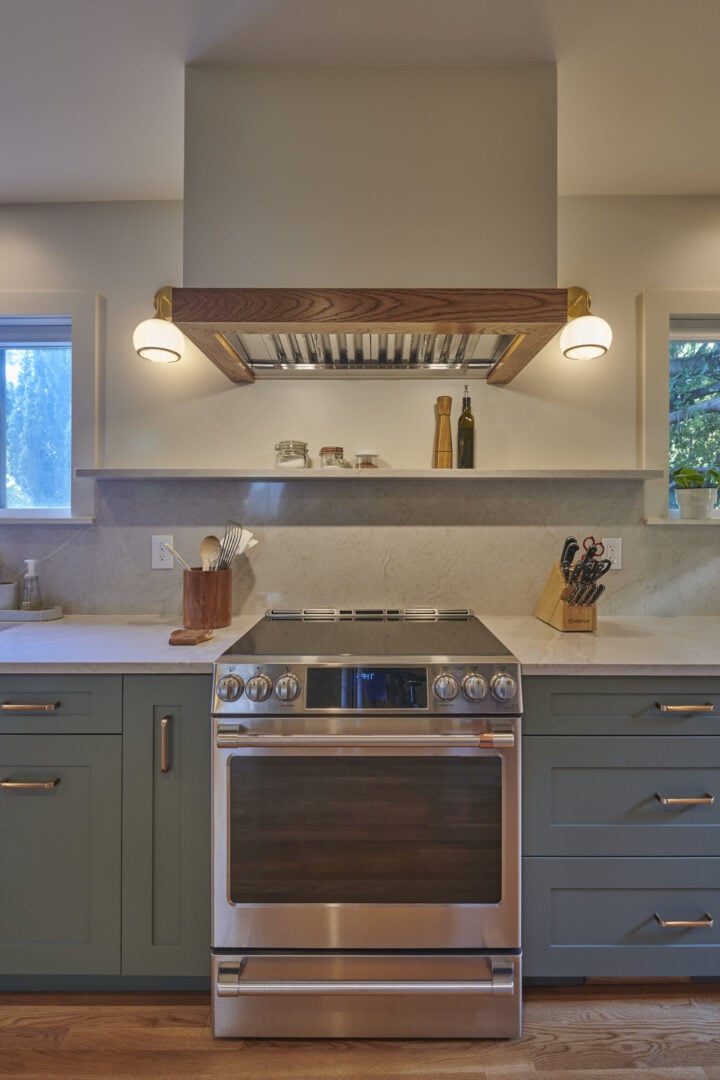In Seattle’s fast-paced market, the need for efficient construction methods has never been more important. Whether you’re embarking on a new build or a remodel, time and cost are critical factors. Plus, ease of completing the project can be major for a homeowner. Traditional construction methods often involve multiple contracts and fragmented, disorganized communication, leading to delays, increased expenses and frustration. This is where the Design-Build method stands out, offering a streamlined approach to construction!
In this post, we’ll answer common questions such as “What is Design-Build?” and delve into the Design-Build process. We’ll also discuss the benefits of this method, especially for those searching for Design-Build construction near me or specifically in Seattle. By the end, you’ll understand why Design-Build might be the best choice for your next project and how CRD can fit into that!
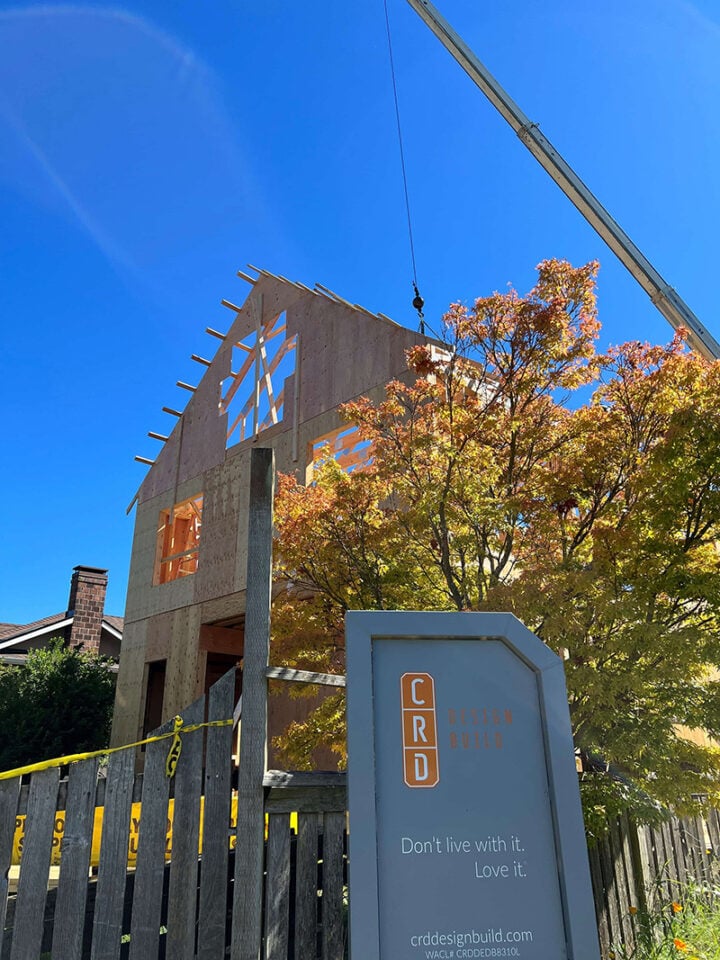
Explanation of Design-Build Approach
‘Design-Build’ is a project delivery system where a single entity, known as the Design-Build contractor, is responsible for both the design and construction of a project. This method contrasts with traditional construction, where design and construction are separate contracts handled by different entities, such as the homeowner.
Background
The Design-Build method has gained popularity recently as a streamlined solution to the inefficiencies of the traditional process. Historically speaking, its roots can be traced back to ancient times when master builders were responsible for both the design and construction of structures.
Key Advantages of Design-Build
Here’s a quick overview of the benefits of going the Design-Build route for your upcoming remodel project:
- Single Point of Responsibility: One firm is accountable for both design and construction, reducing the number of miscommunications and errors.
- Faster Project Completion: With design and construction phases overlapping, projects are completed faster.
- Cost Savings: Early involvement of the contractor in the design phase helps stay on top of costs and reduce waste.
- Improved Communication: The level of enhanced collaboration between the design and construction teams in this process leads to better outcomes and a much happier homeowner.
The Design-Build Process
Phases of Design-Build
The Design-Build process can be broken down into the following key phases:
- Initial Consultation: The client meets with the Design-Build firm to discuss project goals, budget, timeline and any other pertinent details.
- Design Development: The design team creates preliminary designs based on the client’s needs.
- Construction Planning: Detailed plans and schedules are developed while permits are obtained.
- Construction: The construction phase begins, with the Design-Build firm managing all aspects of the build.
- Completion and Handover: The project is completed, inspected, and handed over to the client.
Finding the Right Design-Build Firm in Seattle
Identifying Reliable Contractors
If you’ve typed “Design-Build construction near me” into Google, you probably know how many results populate. So how do you sort through them when you also know it’s crucial to find reliable contractors? Essentially, we recommend looking for firms with a strong portfolio, positive client reviews and industry certifications.
Questions to Ask Before Hiring
The Design-Build process can be broken down into the following key phases:
- What experience do you have with projects similar to mine?
- Can you provide references from past clients?
- How do you handle project changes and unexpected issues?
- What is your estimated timeline and budget for this project?
Why Choose Design-Build?
Comparing Design-Build to Traditional Construction
As we’ve touched on, traditional construction methods involve separate contracts for design and construction, which can lead to miscommunication and delays. In contrast, Design-Build provides a cohesive, streamlined process with a single point of contact, enhancing efficiency and accountability—a major win for anyone undertaking a remodel!
Cost and Time Savings
Design-Build projects are typically completed faster and at a lower cost due to the integrated approach. Early involvement of the contractor in the design phase consistently results in reduced waste and costs for the overall project.
Better Communication and Collaboration
You’ve probably heard stories from friends and family members about difficulties with communication during a remodel. Instead, when design and construction teams work closely together, communication is seamless and smooth. A collaborative process ensures that potential issues are addressed promptly and fully, leading to a smoother construction process overall.
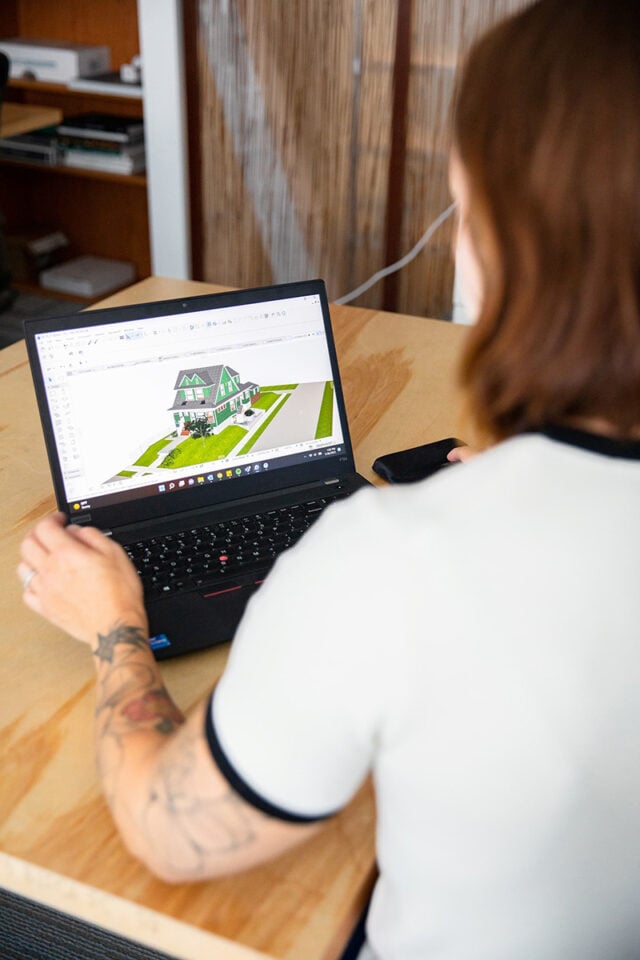
Conclusion
Recap of Design-Build’s Efficiency
Essentially, the Design-Build method stands out as the fastest and most efficient construction approach, which then results in significant advantages in terms of time, cost, and communication.
If you’re considering a construction or remodeling project, especially in Seattle, we highly recommend that you explore Design-Build services for your next remodel. As we’ve touched on, this method will save you time and money while delivering high-quality results—and every homeowner wants and deserves that!
CRD Design Build Contact Information and Next Steps
Ready to kick off your design-build project? Whether you’re looking for “a Design Build near me” or specifically “Design Build Seattle,” choosing the right firm can make all the difference. Contact us here at CRD Design Build because we just so happen to be one of the leading Design-Build companies in Seattle! Fill out our quick contact form to schedule a consultation and take the first step towards your dream project.

